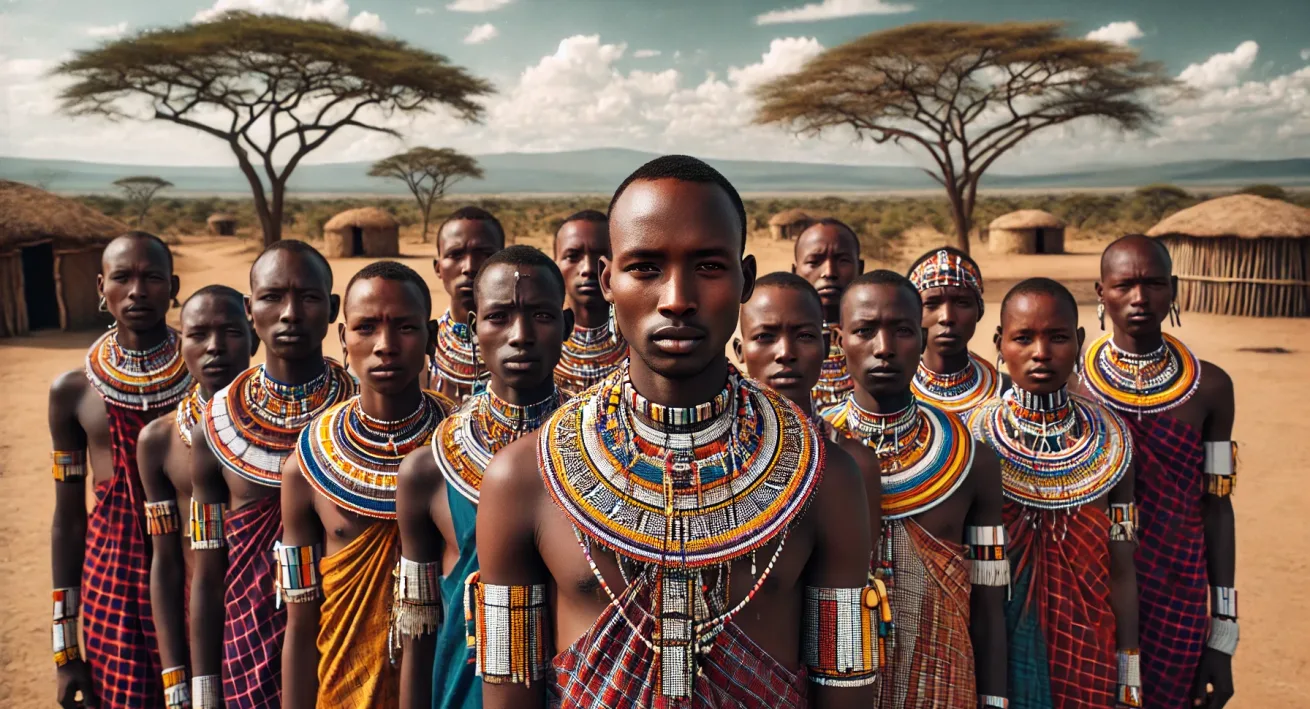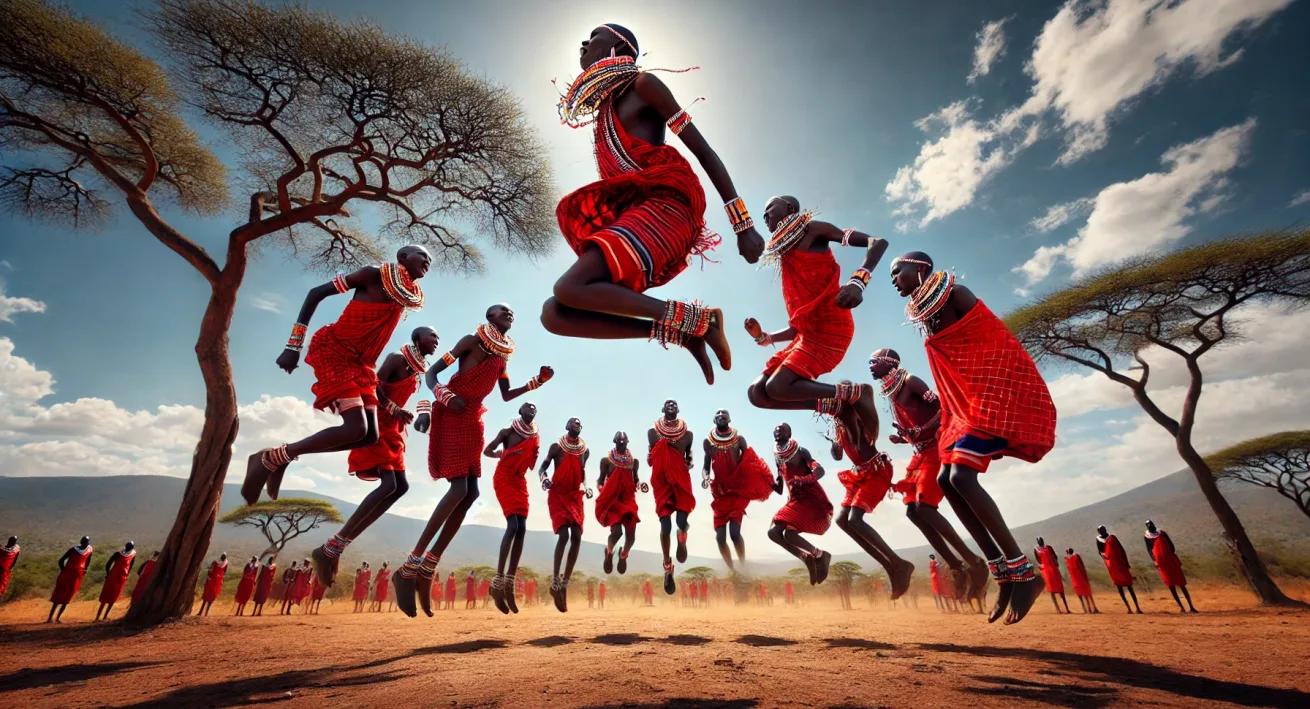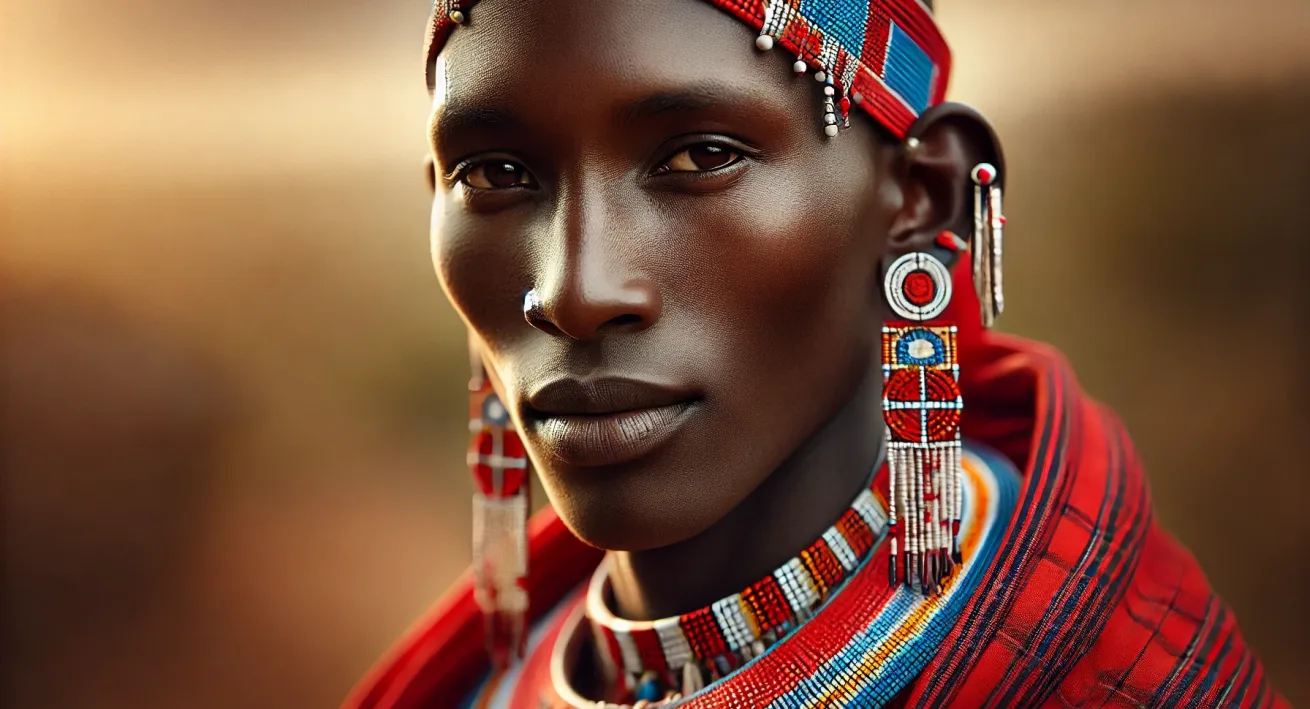The Maasai people of Kenya are renowned for their vibrant beadwork, which not only serves as a form of adornment but also carries deep cultural significance. Beadwork has been an integral part of Maasai culture for centuries, with its colorful patterns and intricate designs symbolizing everything from social status to rites of passage. The Maasai community has preserved this art form, passing down the skills from generation to generation, making it a living testament to their cultural heritage. This article delves into the significance, history, and craftsmanship of traditional Maasai beadwork, a cultural treasure of Kenya.



